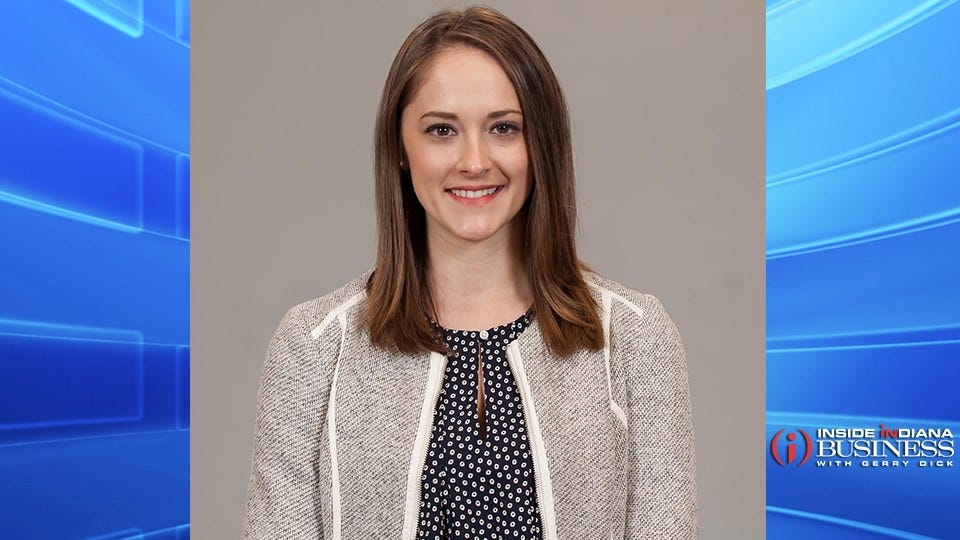I’m 27: Here’s My Student Loan Repayment Strategy

Subscriber Benefit
As a subscriber you can listen to articles at work, in the car, or while you work out. Subscribe NowAs someone who studied personal finance in college, graduated, and began a career in financial planning, one might assume that my financial situation is in “mint” condition. Wrong! I am one of approximately 43 million Americans carrying federal student loan debt. Here’s how I’m handling that situation.
Fortunately, for me, my education and experience in the financial services industry have helped me develop a solid personal finance strategy. Tackling my loans, starting with the highest interest rate first, enrolling in automatic payments, and balancing debt repayment while also saving for the future have been effective tactics for me so far.
Extra Cash? Highest Interest Rate First
After graduation, I was lucky to begin working for a company offering bonus compensation in addition to a base salary. Once I started receiving bonuses, I directed a minimum of 50% of my bonuses towards my outstanding student loans. At the beginning of my career, the remainder of my bonus would go towards building my cash emergency fund. For reference, your emergency fund should be equal to 3-6 months of your living expenses.
Anytime I made a payment towards my school loans in addition to my minimum monthly payment, I directed it towards the highest interest rate loan. Attacking the highest interest rate debt first is the cardinal rule of debt repayment. You will end up paying less interest over the entire life of your loans, if you target the highest interest rate debt first. Important note: when making an additional payment, the student loan servicer will not automatically apply extra payments to your highest interest rate debt. Instead, you will have to manually select which loan you want to apply the extra payment to in order to make this strategy work.
Not everyone experiences the luxury of bonus compensation – I realize this. However, there might be other instances where you have excess cash on hand (think graduations, birthdays, holidays, etc.). When this happens, consider directing extra cash towards your highest interest rate student loans before spending it on something else you might not need.
Automatic Payments = Interest Savings
Once I was working for a while, and my financial situation became stable, I signed up for automatic monthly payments through my student loan servicer. I had always been religious about making payments on time, so the main reason I signed up for auto-payments was for interest rate savings. Federal student loan servicers, along with many private lenders, offer a discounted interest rate if you set up auto-payments. My loan servicer offered a 0.25% interest rate deduction, which is typical. Moral of the story: automatic payments equate to easy interest savings on your student loans!
Balancing Debt & Savings
Although I have maintained a focus on paying off my student loans over the years, I have also concentrated on saving for the future. I decided to strike a balance between debt repayment and the importance of saving early and often. Instead of forgoing saving to my company’s retirement plan and aggressively paying down student loans, I decided to start saving to my 401(k) right off the bat.
If your employer offers a retirement plan with an employer match, strive to contribute the minimum amount possible to maximize the match. Do not leave free money on the table! Once you have maximized the match or if your employer does not offer to match, it’s time to determine whether increased savings or additional loan payments make the most sense. To determine, you will need to consider the current interest rates of your student loans.
For example, say your highest interest rate loan is currently sitting at 5.5%. You have an extra $1,000 per year to put towards loan repayment or long-term savings. If we assume you invest the extra $1,000 per year in the stock market earning a 6% return, you will end up gaining more money investing ($60) than you would have avoided in interest payments ($55). A good rule of thumb is you will likely earn more over the long-term investing if your loan interest rate is below 6%. When your interest rate is above 6%, you should typically direct additional funds toward your loans first.
529 Plans & Student Loan Repayment
In December 2019, the SECURE Act was signed into law and included a provision allowing individuals to withdraw up to $10,000 from a 529 plan to pay off student loans. It is important to note this is a federal law. Individual states need to clarify if withdrawals for education loan repayments are qualified and if taxpayers can receive the same state tax benefits if pursuing this strategy. The State of Indiana does not consider withdrawals for education loan repayment as a qualified expense for the purposes of the tax credit. Make sure to check with your state of residence first before taking this approach. If you are the beneficiary of a 529 plan and your state allows it, paying off student loans can be a great use for any remaining balance.
Summary
As important as it may feel to conquer your student loan debt once-and-for-all, do not lose sight of setting money aside for your future as well. Once your emergency fund is established, and higher interest rate debt is gone, develop a savings strategy that aligns with your financial goals and put it in motion. You won’t regret it!
Abby VanDerHeyden is a Wealth Advisor & GenerationNext Team Leader with Bedel Financial Consulting Inc., a wealth management firm located in Indianapolis. For more information, visit their website or email Abby.

